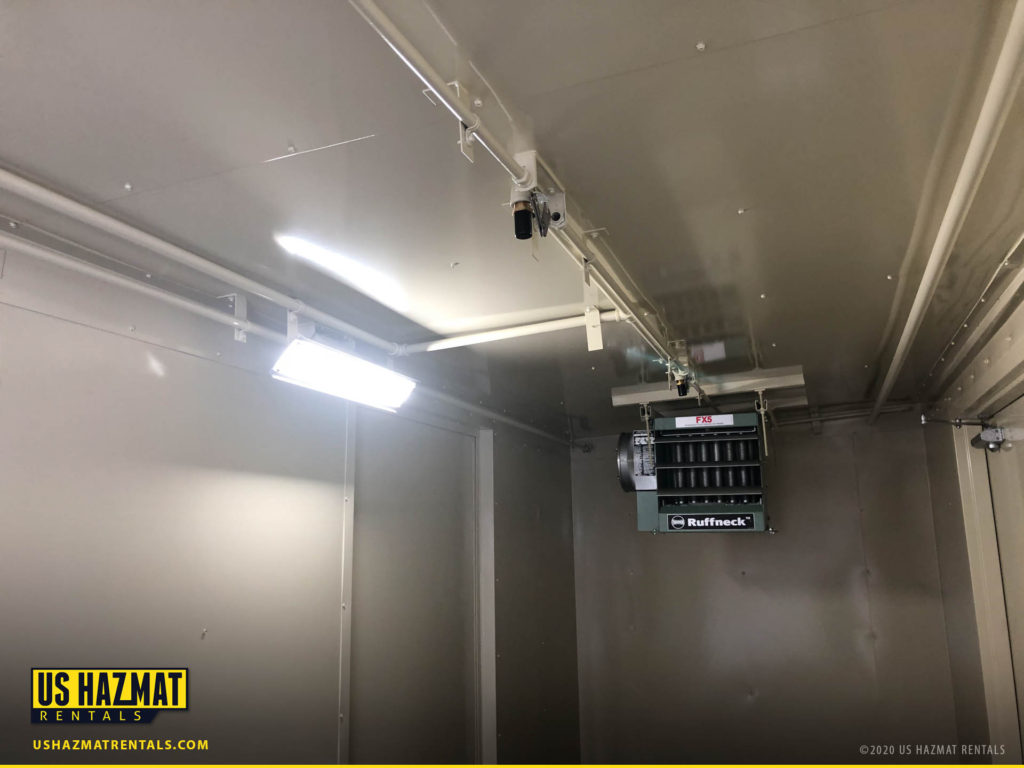Not all medicine is taken as prescribed. Illicit drug use continues to create storage dilemmas for pharmacies, hospitals and even schools that depend on potentially hazardous medicines to heal those who are genuinely afflicted. Precursor chemicals used to manufacture potentially lethal medicines and street drugs must also be accounted for to prevent theft and abuse. Conniving criminals in drug induced haze will bypass both common sense and the law in securing illicit drugs to fuel their addiction. Gone are the days of pilfering through medicine cabinets in search of an easy fix, as these drugstore cowboys have now set their sights on larger industry settings. With a surging opioid epidemic continue to ravish the nature, pharmacies, hospitals of manufacturers of illicit drugs must secure these provisions and remain constantly vigilant. Rely on U.S. Hazmat Rentals for vetted and trusted protection for hazardous drug storage.
Following a high speed car crash in Lynn, Massachusetts over the weekend, police were forced to shutdown a portion of the highway due to a large amount of fentanyl that was found in the car. Fentanyl is a powerful synthetic opioid akin to morphine used to treat cancer patients and terminally ill people. Needless to say, the suspect in this weekend’s car chase wasn’t using it as directed. Police are still uncertain how the thrifty criminal swiped such a large amount of this potentially toxic substance that is routinely monitored under lock and key 24 hours a day. In the drug realm, fentanyl is a top shelf elixir that commonly fetches a street value of $40 a pill. Distributors and medical professions aren’t just worried about the lost profit of stolen drugs either. Financial incentives aside, doctors, nurses and pharmacists owe it to the communities they serve to ascertain proper hazardous drug storage. Overzealous drug dealers with a zest for marketing are shopping narcotics to children at younger ages than ever before in a diabolical effort to secure addiction and steadily build a customer base.

Hazardous drug storage can separate volatile medicines that create a risk to both workers and the community
The term ‘hazardous drugs’ is vague and deceptive. What exactly falls under this umbrella wording? Do Tylenol and antibiotics meet the legal standard for this term? The short answer is yes, but it’s a little more complicated than that. Most people associate ‘drug’ terminology with illicit street narcotics, but not all controlled substances are used to achieve euphoria. While drug abuse remains rampant in America, hospitals and pharmacies must go the extra mile in safeguarding all potentially dangerous substances. Drugs used for chemotherapy and antiviral drugs, for example, are classified as hazardous due to their potentially toxic composition. Hospital employees must exercise extreme caution when handling such substances as unintentional entry through absorption or inhalation can create emergency situations. Our hazardous drug storage lockers can be easily implemented into a hospital or pharmacy setting with minimal disturbance to day-to-day operations. By relying on a designated storage are for hazardous drugs, hospitals and pharmacies can enjoy an added level or organization and dispensing. Med techs and nurses can also track dangerous narcotics and temperature sensitive antibiotics with these steel gauge lockers.
Climate control and fan-forced mechanical ventilation can maintain chemical composition

Most medicines must be stored in a cool and dry environment. Exposure to extreme temperatures and inversions can render these necessary substances useless. With antiviral drugs and pain relievers in such high demand, it’s important to rely on designated storage in a temperature friendly setting. Each U.S. Hazmat Rentals locker can be outfitted with climate controlled air condition and fan forced mechanical ventilation that keeps medicines cool and untarnished from extreme inversions. Proper ventilation can also remove potentially harmful airborne particles and substances that potentially compromise the integrity of fragile medications. Unique shelving and compartmentalization with the help of steel partitions allows healthcare workers to separate various classifications of controlled substances.






